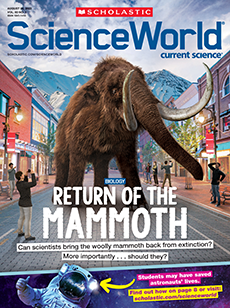In 2018, Ryan Honary watched one of the deadliest wildfires in California history, the Camp Fire, devastate his home state. The experience inspired the eighth-grader from Newport Beach to invent a system that can help detect wildfires early—before the blazes grow out of control.
Ryan decided to create a system of low-cost, solar-powered sensors, which could be placed in locations with a high risk for wildfires. If the instruments sense heat, smoke, or flames, they are programmed to send a signal to mini meteorological stations. The stations can then send an alert to an app on a phone or other device, notifying people that their communities may be in danger.
